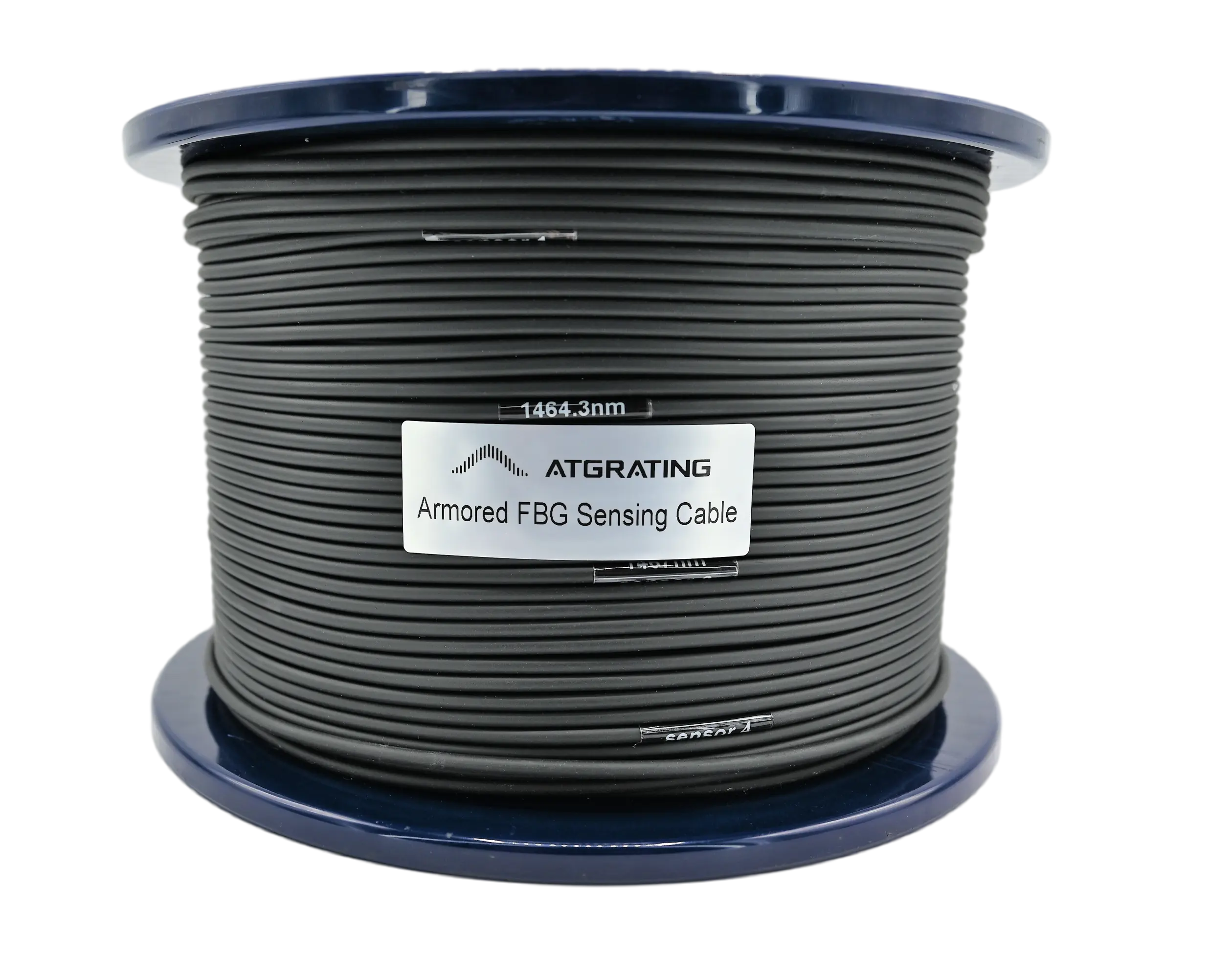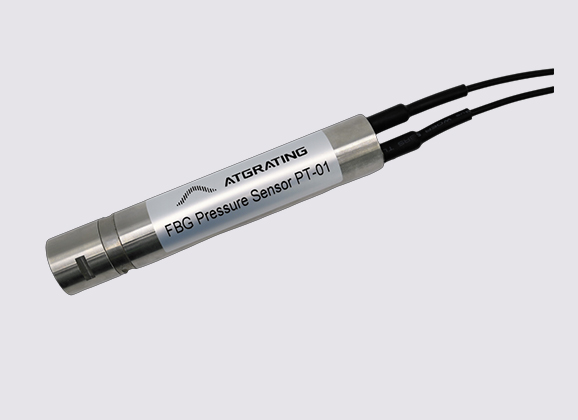Photoelectric sensor: A photoelectric sensor is a device that converts light signals into electrical signals. Its working principle is based on the photoelectric effect. The photoelectric effect refers to the phenomenon of the corresponding electrical effect occurring when the electrons of the material absorb the energy of photons when light is irradiated on certain substances.
Optical fiber sensor: Optical fiber sensor is a sensor that converts the state of the measured object into a measurable light signal. The working principle of the optical fiber sensor is to send the light beam incident from the light source into the modulator through the optical fiber, and interact with the external measured parameters in the modulator to make the optical properties of the light such as light intensity, wavelength, frequency, phase, polarization state, etc. After the change, it becomes a modulated optical signal, which is then sent to the optoelectronic device through the optical fiber, and the measured parameter is obtained after the demodulator.
Photoelectric sensor: Wide transient response range, strong harmonic measurement capability, and the pros and cons of transient characteristics are an important parameter for judging whether a transformer can be applied in the power system, especially the coordination with the relay protection action time. Due to the existence of an iron core, the traditional electromagnetic transformer has poor response characteristics to high-frequency signals, and cannot correctly reflect the transient process of the primary side.
The frequency range of photoelectric transformer measurement is mainly determined by the electronic circuit, and there is no problem of iron core saturation, so it can accurately reflect the transient process of the primary side. Generally can be designed to 0.1 Hz to 1 MHz, special can be designed to 200 MHz bandpass. Photoelectric sensors are constructed to measure harmonics on high-voltage power lines. The electromagnetic induction transformer is difficult to achieve.
The digital interface has strong communication capability. Since the photoelectric sensor transmits optical digital signals, it is easy to interface with the communication network, and there is no measurement error during the transmission process.
At the same time, with the widespread use of computerized protection and control equipment, the photoelectric transformer can directly provide digital quantities to the secondary equipment, so that the converter and A/D sampling part in the original protection device can be omitted, so that the secondary equipment can obtain Great simplification, promotes research on new principles of protection.
Small size, light weight, easy to upgrade, meet the requirements of miniaturization and compactness of substations, because the photoelectric sensor relies on the sensing head and electronic circuit for signal acquisition and processing, the size is small, and the weight is generally below 1000 kg, which is easy to integrate in In AIS or GIS, this will greatly reduce the footprint of the substation and meet the requirements of miniaturization and compactness of the substation. At the same time, the photoelectric transformer is connected with the secondary equipment through a small amount of optical cables, which can greatly reduce the cable trench and cables.
Optical fiber sensor: Fiber optic sensor systems have many excellent properties, such as: anti-electromagnetic and atomic radiation interference performance, fine diameter, soft, light mechanical properties; insulation, non-inductive electrical properties; water resistance, high temperature resistance, corrosion resistance Chemical properties, etc., it can play the role of human ears and eyes in places that people cannot reach, or areas that are harmful to people (such as nuclear radiation areas), and can also transcend human physiological boundaries and receive human senses. outside information is not available.
Optical fiber sensor: the application of interferometric gyroscope and grating pressure sensor in bridges, dams, oil fields, etc. in urban construction. Fiber optic sensors can be embedded in concrete, carbon fiber reinforced plastics and various composite materials to test stress relaxation, construction stress and dynamic load stress to evaluate the structural performance of bridges during short-term construction phases and long-term operating conditions.
In the power system, parameters such as temperature and current need to be measured, such as the temperature detection in the stator and rotor of high-voltage transformers and large motors. Since electrical sensors are susceptible to electromagnetic field interference, they cannot be used in such occasions, and only fiber-optic grating sensor can be used.
Photoelectric sensor: A photoelectric sensor that uses photoelectric elements as sensitive elements, which are of various types and are widely used. According to the nature of the output of the photoelectric sensor, it can be divided into two categories: photoelectric measuring instruments made by converting the measurand into a continuously changing photocurrent, which can be used to measure the intensity of light and the temperature, light transmittance, displacement and surface state of objects.
For example: illuminometers for measuring light intensity, photoelectric pyrometers, photoelectric colorimeters and turbidity meters, photoelectric alarms for fire prevention, and automatic detection devices for inspecting the diameter, length, ovality and surface roughness of processed parts, etc., and its sensitive components are photoelectric components. Semiconductor optoelectronic components are not only widely used in the civilian industry, but also play an important role in the military.
For example, lead sulfide photoresistors can be used to make infrared night vision devices, infrared cameras and infrared navigation systems, etc.; to convert the measurand into a continuously changing photocurrent. Various photoelectric automatic devices made by utilizing the characteristics of "with" or "without" electrical signal output when photoelectric elements are illuminated or not illuminated.
Photoelectric elements are used as switching photoelectric conversion elements. For example, the photoelectric input device of the electronic computer, the switch-type temperature adjustment device and the digital photoelectric tachometer for the speed measurement.

